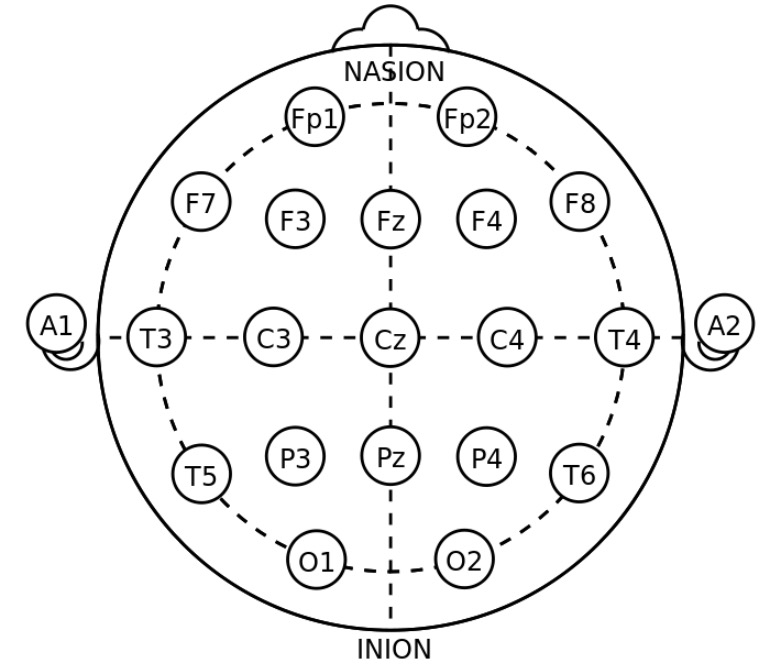Playlist
Show Playlist
Hide Playlist
Epilepsy: Diagnosis and Syndromes
-
Slides Seizures Epilepsy Introduction.pdf
-
Download Lecture Overview
00:01 So if that's a seizure, if that's how we diagnose and evaluate seizures, how we understand the semiology, how do we move to a diagnosis of epilepsy, you know, what is epilepsy and how do we make that diagnosis. 00:12 Patients with epilepsy may have one seizure type, or more than one seizure type. 00:17 So the seizures we discussed, may come in multiples in patients who have epilepsy. 00:23 Many of our patients who have primary generalized epilepsy will have tonic and a tonic or myoclonic, seizures, multiple different seizures that occur within their clinical context. 00:34 Many epilepsies have a typical age of onset, type of seizure, and associated neurologic examination findings. 00:42 And so when we're moving from a diagnosis of seizure to epilepsy, we're not just looking at the type or types of seizure that the patients have. 00:49 We're also looking at the onset of the seizures and any deficits on their neurologic exam and that will help us to make a diagnosis of a specific type of epilepsy. 00:59 These clinical criteria can be used to determine the type of epilepsy and select the best treatment. 01:03 So when we make the diagnosis of epilepsy, that's important for guiding the treatments that we would consider. 01:09 As certain anti epileptic drugs work best for selected epilepsy types. 01:14 So let's look at some of these epilepsies. 01:16 I don't need you to understand all the individual epileptic diagnoses, but I want you to see how when we are evaluating a patient who may have epilepsy, we're putting the seizure type, together with the age of onset and their neurologic examination to determine the type of epilepsy diagnosis that is most likely. 01:34 Here you can see the age change over time, we start by thinking of seizures that develop at birth, in the neonatal period, infantile period, childhood, juvenile or adolescent time range and in adults. 01:50 When we think about seizures, we can think about those that are associated with normal neurologic function and are benign and those that may be associated with more severe neurologic dysfunction and are severe. 02:01 In the neonatal period, seizures that begin that are associated with benign neurologic examination findings include benign neonatal familial convulsions, benign neonatal idiopathic convulsions, those that are associated with abnormal neurologic exams are seizures from hypoxic ischemic injury, hemorrhagic infarction in the brain, metabolic dysfunction or inherited metabolic disorders and infections such as the TORCH infections. 02:29 In the infantile age range, the benign epileptic conditions include benign infantile myoclonic epilepsy, and benign partial epilepsy with complex partial seizures. 02:39 Those associated with abnormal neurologic exams tend to be Dravet, Doose syndrome, West, Lennox-Gastaut syndrome, Ohtahara and migrating partial epilepsy in infancy. 02:52 Moving forward to the childhood age range, benign seizures or febrile seizures, childhood absence epilepsy, benign childhood epilepsy with centrotemporal spikes, benign epilepsy with occipital paroxysms and benign epilepsy with affective symptoms. 03:08 And many of these seizure conditions patients may outgrow they may require a seizure treatment initially, and then require less treatment or no treatment down the road. 03:17 That differs from those with abnormal neurologic exams. 03:20 Autosomal dominant, nocturnal frontal lobe epilepsy, generalized epilepsy with febrile seizures, epileptic aphasias, and epileptic status epilepticus of sleep. 03:31 As we move forward into the adolescent age range, we see juvenile absence epilepsy, juvenile myoclonic epilepsy is seen in a more severe phenotype. 03:41 We can start to see temporal lobe epilepsies in progressive myoclonic epilepsies. 03:45 And then in adults, with benign epilepsies, the first thing we think about is this medication induced, is this not actually an epilepsy but these are provoked seizures from a medication. 03:54 We can also see seizures or epilepsy from brain tumours, stroke and vascular abnormalities.
About the Lecture
The lecture Epilepsy: Diagnosis and Syndromes by Roy Strowd, MD is from the course Seizures and Epilepsy.
Included Quiz Questions
Which statement regarding the categorization of epilepsy is the most accurate?
- Determining the type of epilepsy helps guide treatment options.
- Patients will always have one type of seizure.
- The variation in neurological findings disqualifies their use as a diagnostic tool.
- Age is not a factor to determine epilepsy type.
- Gender is the most important diagnostic consideration for categorizing epilepsy.
Which presentation is most likely to be diagnosed in a clinical setting?
- A child presenting with benign absence seizures
- A neonate presenting with temporal lobe epilepsy
- An adult presenting with febrile seizures
- An adult presenting with West’s syndrome
- A neonate presenting with progressive myoclonic epilepsy
Customer reviews
5,0 of 5 stars
| 5 Stars |
|
1 |
| 4 Stars |
|
0 |
| 3 Stars |
|
0 |
| 2 Stars |
|
0 |
| 1 Star |
|
0 |
Concise and chronological order appreciated. Fleshes out the details instead of alluding to another video that explains it.




